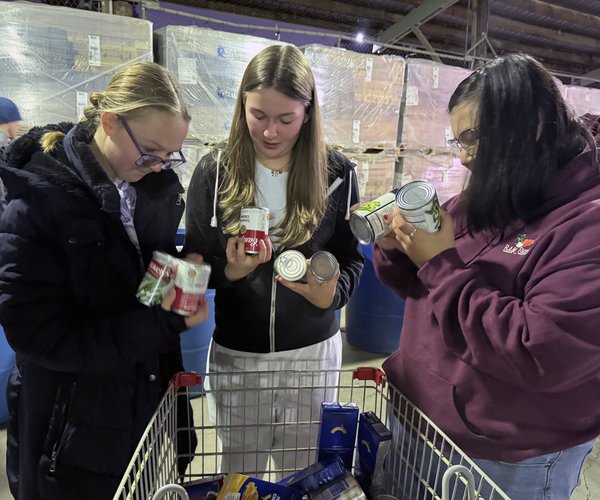Hundreds gathered in downtown Turlock on Friday to kick off the holiday season at the 16th Annual Festival of Lights, with the highlight of the event being the lighting of the community Christmas tree.
Mayor John Lazar led the countdown to the lighting of the tree for his eighth and final year.
“It is a wonderful end to a great number of years as Mayor and as a part of city council,” said Lazar. “Turlock is such a blessing to the Central Valley and we have wonderful community in this town.”
Despite the crowd that formed around the tree, its lighting was not the only crowd-pleasing element at Friday’s event. A number of vendors set up booths during the festival, including a few offerings. The Salvation Army provided free hot chocolate and coffee to guests and Peppermint Creek Carriage Company took festival attendees on free carriage rides through downtown.
Among other vendors, members from California State University, Stanislaus’ Art Club set up a booth in front of the new Art Space on Main to display and sell local art. As first time vendors, the students hoped that the event would help them gain exposure and track more people from the community into the gallery.
“This will help us bring awareness to local artists and inspire others to create art of their own,” said CSU Stanislaus senior Victoria Johnson.
Although it was the first time for CSU Stanislaus Art Club members, it was the fourth year for Cap’n Coops Kettle Corn. Selling smoothies, lemonade, and, of course, kettle corn, the vendors provided a tasty treat for Friday’s guests.
“It’s a nice event and it’s never too hectic to set up,” said Kelly Earl when asked about why the kettle corn booth returns year after year.
The event drew in both long time participants and newcomers, including Turlock resident Miranda Broddie, who thoroughly enjoyed her first time at the festival.
“I saw the brochure at my work, so I decided to come out,” said Broddie. “It’s great. I really like the dance performances and vendors. It’s a great way to bring the community together.”
Broddie was joined by her fellow community members during Friday’s event, one of which was Turlock resident and long time festival-goer Chris Selvidge.
“We always come down for community events and participate,” said Selvidge. “It’s always fun to run into people we know and we love the Christmas lights.”





